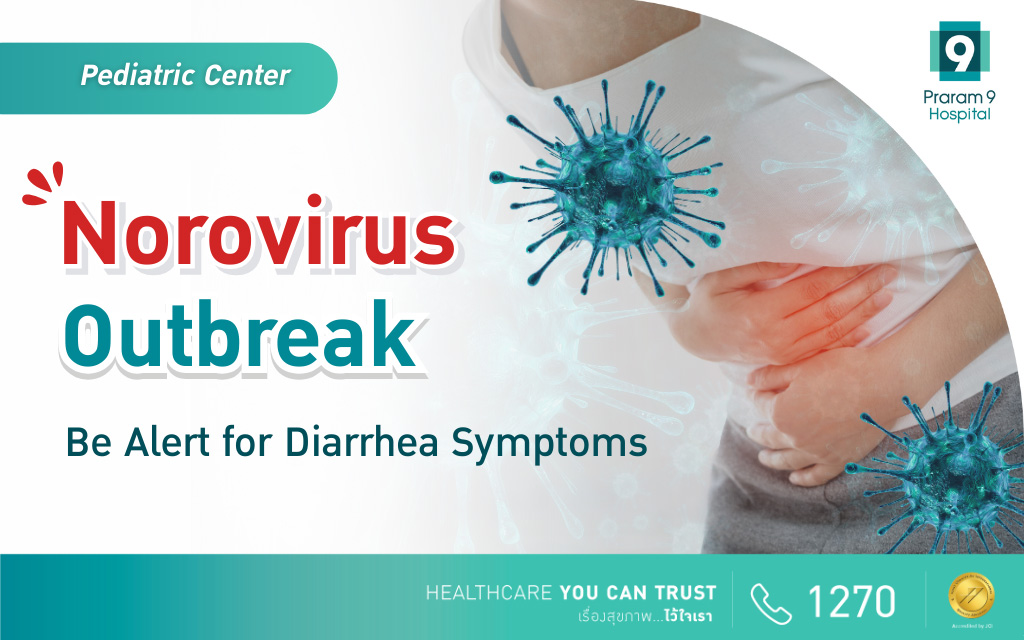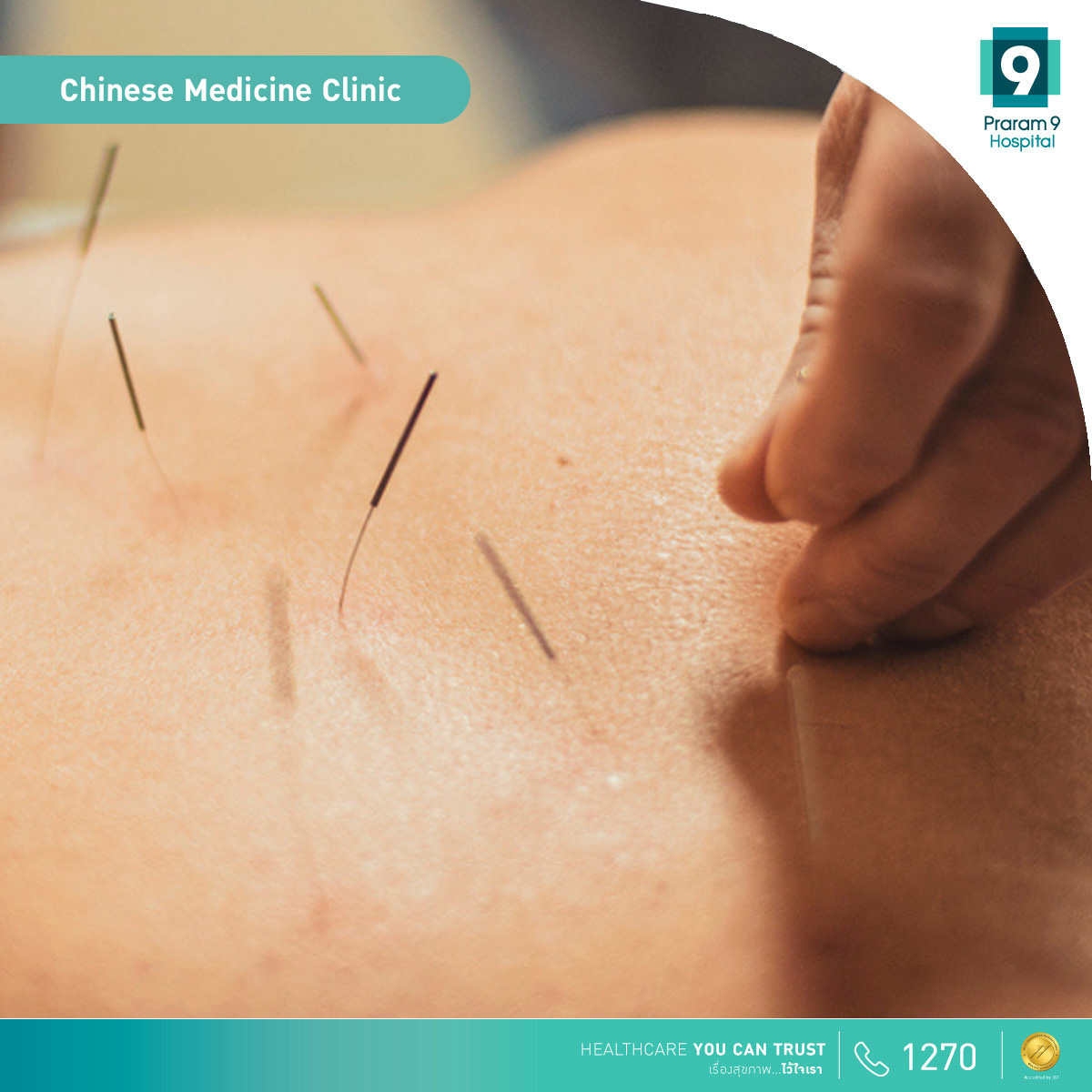Which symptoms indicate that you have osteoarthritis of the hip?
The hip joint is a joint in the body that has a chance of deterioration and wear and tear just like other joints in the body. The duty of the hip joint is to carry the body weight. Therefore, it is a joint with a heavy burden, which can easily deteriorate and cause “Osteoarthritis of the Hip”. This disease is one type of arthritis that comes from the deterioration of cartilage that covers the surface of arthritis until there is the occurrence of pain and ankylosis that disturbs the use in daily life. This osteoarthritis of the hip that can be commonly found are in several types, which are osteoarthritis, developmental hip dysplasia, avascular necrosis, and rheumatoid arthritis. The osteoarthritis of the hip can be found in people of 45 years old, but can often be found in people of 60 years old and above.
Cause of Osteoarthritis of the Hip
The osteoarthritis of the hip can occur from several causes, which are heredity, age, shortage of blood in the femur, infection, injury around the hip joint, and abnormality of the hip joint, like abnormally narrow hip socket. The abnormalities of patient with osteoarthritis of hip in the first phase consist of pain, jam, and ankylosis around the groin or thigh. The symptom will become more serious when there are too many movements of the joint. The pain will occur in some patients. It can be adjusted by not stretching or bending the hip joint all the way. While stretching or bending the hip joint, there might be more pain or jam in the joint with noises, which can explain that the bone surface inside the joint has started to become uneven or there is the growth of bone. As time goes by, the problem of ankylosis and incomplete movement of hip joint will follow. If the pain becomes more severe until you have to stay still and are unable to rotate or stretch the hip joint, the legs will become weaker because the muscles that control the hip joint becomes weak from less usage.
Diagnostic of Osteoarthritis of Hip
The doctor will perform the history taking and physical check-up, x-ray, and other additional examinations. For example: Magnetic Resonance Imaging or Computerized Tomography Scan. In the treatment, if the patients start to have the symptom of osteoarthritis of the hip in the first phase, the preliminary treatment is that the doctor might make an instruction to rest the body, which is to stop doing activities that involve using the hip too much. After that, the physical therapy by taking light exercise is needed regularly, such as swimming, water exercising, and riding a bicycle, for the hip to be used. These activities will be done with taking non-steroid antibiotics. However, if the patient has severe symptoms that do not improve by the use of medication, physical therapy, and the adjustment of usage, the doctor will perform a surgery. Currently, the science of technology has become more advanced than total hip replacement. Minimal Invasive Surgery has played a role and has become more popular in patients with osteoarthritis of the hip. Minimal Invasive Total Hip Arthroplasty (MIS THA); in particular, the surgeon will only perform the surgery to separate the muscles and might use the computer system as the eyes of doctor so that the inside position can be seen clearly. It also relies on the expertise because the doctor cannot see the condition of the hip joint as clear as the normal surgery. However, the result is more satisfactory because the muscles and the nerves are not destroyed. The patient will have less blood loss, less wound pain, and faster recovery. Nevertheless, after the surgery, the doctor will examine how patients walk to check whether the muscles are strong enough to balance the body or not. After 1 month, the doctor will perform the x-ray again to see whether the hip joints are connected or not. If they are connected, there is nothing to worry about.
You can follow up on the article “When is the Total Hip Replacement Needed? Procedures and Treatment Methods” in the next article.
For more information, please contact Joint Care Center in the Inbox.
Read other articles at www.praram9.com/en






